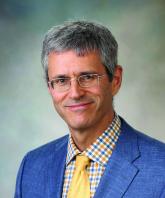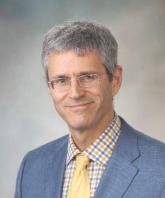Opinion

Boosting Alzheimer’s trial participation via Medicare Advantage ‘memory fitness programs’
- Author:
- Richard J. Caselli, MD
Publish date: March 11, 2019
Dr. Richard J. Caselli comments on a new initiative from the Global Alzheimer’s Platform (GAP) Foundation.
Video

Minimizing use of antipsychotics
- Author:
- Richard J. Caselli, MD
News

Prion-like transmission of neurodegenerative pathology stirs concern
- Author:
- Richard J. Caselli, MD
Publish date: September 17, 2015
Recent developments regarding the nature of transmissible pathologic proteins in a variety of common neurodegenerative diseases – including...
News

Human brain mapping project begins to reveal roots of developmental abnormalities
- Author:
- Richard J. Caselli, MD
Publish date: April 3, 2014
News

Redesign needed for Alzheimer’s screening programs
- Author:
- Richard J. Caselli, MD
Publish date: September 16, 2013
News
Alzheimer's research to watch for at AAN
- Author:
- Richard J. Caselli, MD
Publish date: March 15, 2013
News

Viewing the Creative Process Through a Life Span
- Author:
- Richard J. Caselli, MD
Publish date: November 9, 2012
News

Aging's Effect on Creativity Involves Trade-offs
- Author:
- Richard J. Caselli, MD
Publish date: October 23, 2012
News

Drugs Set for Testing in Alzheimer's Prevention Trial
- Author:
- Richard J. Caselli, MD
Publish date: October 11, 2012
News

The Tangled Links Between Psychiatric Disorders and Creativity
- Author:
- Richard J. Caselli, MD
Publish date: August 15, 2012
News
Creative Failure Through the Lens of Social Context
- Author:
- Richard J. Caselli, MD
Publish date: July 12, 2012
News
Social Context Influences Creative Success
- Author:
- Richard J. Caselli, MD
Publish date: August 15, 2011
News
Motivation Is the Driving Force in All We Do
- Author:
- Richard J. Caselli, MD
Publish date: January 20, 2011
News
Motivation Is the Driving Force in All We Do
- Author:
- Richard J. Caselli, MD
Publish date: January 20, 2011
